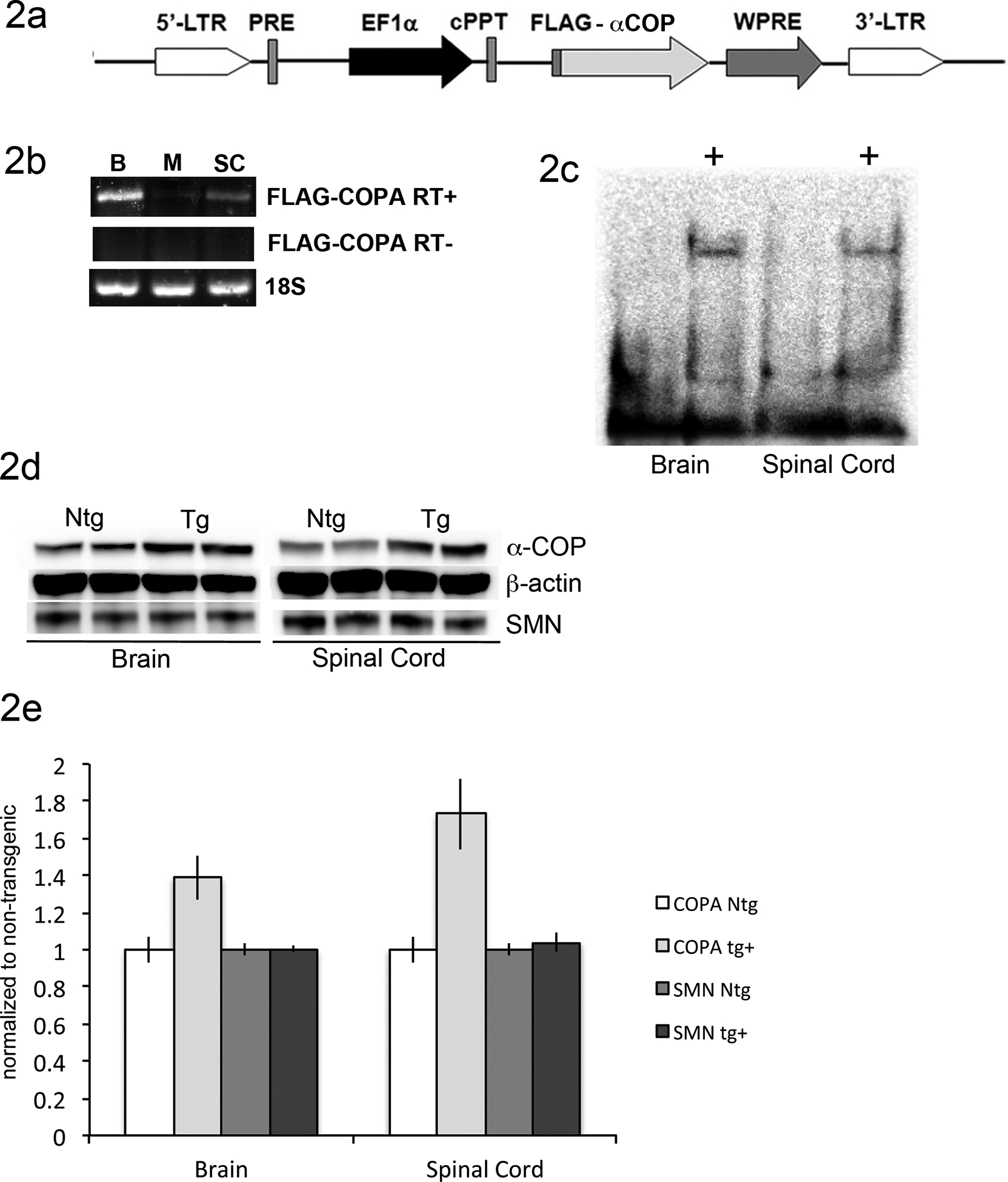Figure 2: Generation of α-COP lentiviral-mediated transgenic mice.

2a) Schematic of EF1a-FLAG-COPA lentiviral vector. Previously characterized FLAG-tagged human α-COP cDNA was sub cloned from pExchange4a into the Afe1 and Not1 sites, replacing the original FLAG-SMN insert. 2b) PCR genotyping results from tail DNA shows 4 of 7 transgene positive F0 progeny in the first litter following injection of the EF1a-FLAG-COPA lentivirus. Primers were anchored in the FLAG tag (forward) and COPA exon 1 (reverse) and the original lentiviral vector was used as the positive control template (+). 2c) RT-PCR shows transgene expression in brain, muscle and spinal cord from transgene positive F1 progeny. RT- samples were generated with no reverse transcriptase enzyme present demonstrating that genomic DNA contamination was not present. Primers against 18S RNA were used as a loading control to show that equal amount of cDNA were present in each reaction. 2d) Western Blot analysis with antibody against the FLAG tag shows expression of FLAG-α-COP protein in brain and spinal cord of transgenic animals (+) compared to non-transgenic littermates. 2e) Western blot analysis from brain and spinal cord lysates of non-transgenic littermates (Ntg) and FLAG-α-COP transgenic animals (Tg) shows the levels of total α-COP protein as well as SMN, using β–actin as a loading control. 2f) Quantification of α-COP and SMN protein levels from multiple western blots (n=6 per genotype) normalized to non-transgenic with using β–actin as a loading control shows no significant changes in SMN level after α-COP over-expression. Error bars represent SEM.
